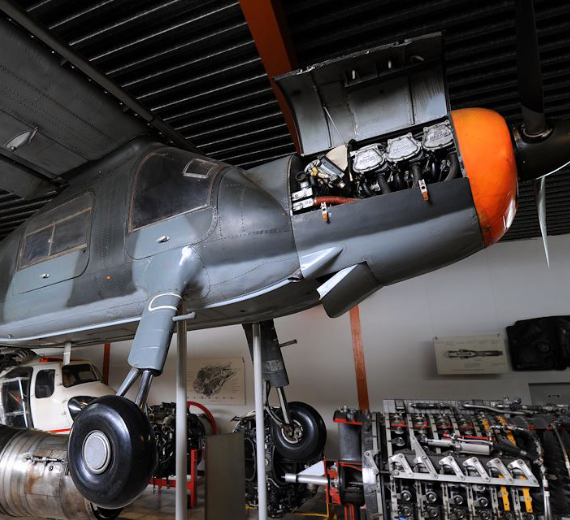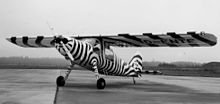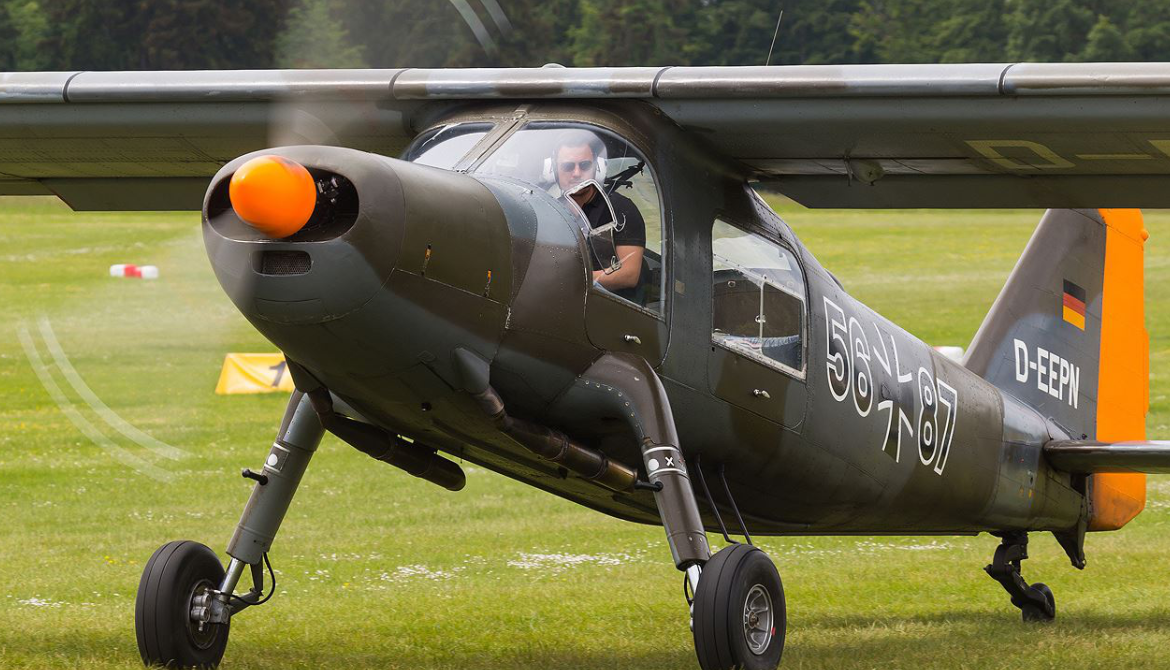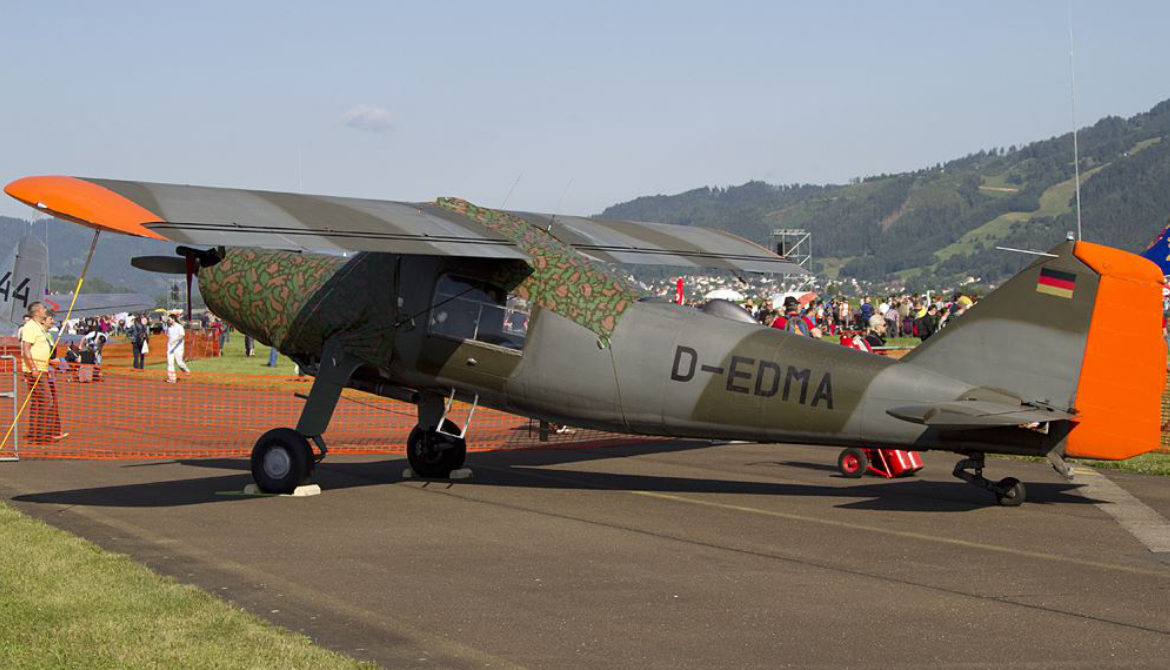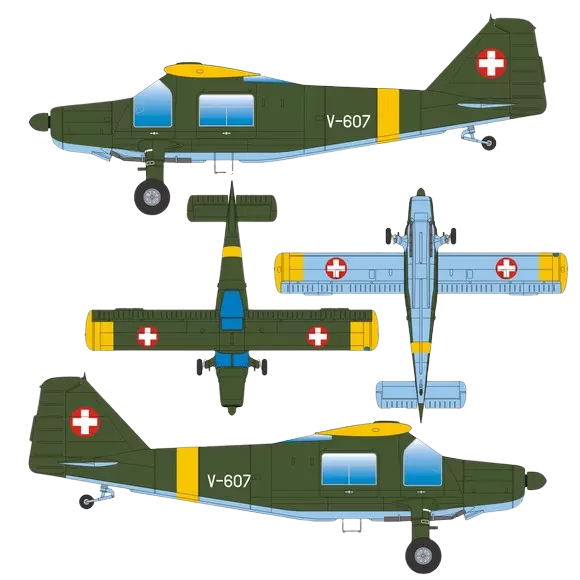Dornier 27
is a STOL aircraft
 |
|
| General information | |
|---|---|
| Type | STOL light utility aircraft |
| Manufacturer | Dornier Flugzeugbau GmbH |
| Status | In civilian use |
| Primary users | German Air ForcePortuguese Air Force Spanish Air Force Israeli Air Force |
| Number built | 571 |
| History | |
| Manufactured | 1955–1965 |
| First flight | June 27, 1955 |
| Developed into | Dornier Do 28 Dornier Do 29 |
.
History Dornier Flugzeugwerke.
Dornier Do-27 Short take off and landing "STOL"
First flight 29 April 1959 (Do 28 A/B) 23 February 1966 (Do 28D) Developed into Dornier 228

The Dornier Do 27 is a German single-engine STOL utility aircraft that was designed and manufactured by Dornier GmbH (later DASA Dornier and Fairchild-Dornier). It was notable for being the first mass-produced aircraft in Germany following the end of the Second World War.
The Do 27's precursor, the Do 25, was developed by Dornier at the firm's facilities in Spain in order to satisfy a Spanish military requirement that called for a light utility aircraft with short takeoff and landing (STOL) performance. However, the Do 25 was not selected for production by Spain. Despite this, the aircraft was developed further to produce the Do 27, which was produced in quantity in both Spain and Germany. In addition to domestic sales, a large number of export customers, such as Portugal, emerged for the Do 27, and it had a lengthy service life with some examples still being used into the twenty-first century.
Variants
Do 27B-2 used by Bernhard Grzimek. Note the Dazzle camouflage 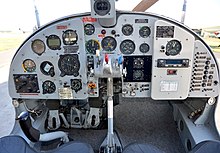
Cockpit of Do 27A-1 (D-EGFR) - Do 25
- Precursor aircraft designed to a Spanish requirement and powered by a 110 kW (150 hp) ENMA Tigre G.V engine.
- Do 27
- Prototype, two built.
- Do 27A-1
- Military five-seat single-engine STOL utility transport aircraft, 177 built
- Do 27A-2
- Do 27A-1 with minor modification inside, two built.
- Do 27A-3
- Do 27A-1 with increased takeoff gross weight, 88 built.
- Do 27A-4
- Variant with wide landing gear and increased Take Off Gross Weight, 65 built.
- Do 27B-1
- Dual-control version of the A-1, 86 built.
- Do 27B-2
- Do 27B-2 with minor modification inside, five built.
- Do 27B-3
- Do 27B-2 with increased takeoff gross weight, 16 built.
- Do 27B-5
- Conversions of 27B-3s to 27A-4 standard.
- Do 27H-1
- Do 27B-2 powered by a 254 kW (340 hp) Avco Lycoming GSO-480 piston engine with a three-bladed propeller and a larger tail, one built.

Do 27H-2 - Do 27H-2
- Variant of the H-1 for the Swiss Air Force with some modifications as applied to the Do 27Q-1
0
KmCeiling
0
KmCombat RANGE
0
Km/hAircraft Speed
0
Max Crew
Photo Gallery
Dornier Flugzeugwerke
Dornier 27 Short take of and landing "STOL"
First flight 29 April 1959, Developed into Dornier 228


Dornier Flugzeugwerke
Dornier DO-27-Stol
General Info
-
-
- Crew: 1
- Capacity: 4 or 5 pax
- Length: 10.08 m (33 ft 1 in)
-
-
- Do 27H2 9.9 m (32 ft)
- Do 27S 10.08 m (33.1 ft)
-
- Wingspan: 12 m (39 ft 4 in)
- Height: 4.18 m (13 ft 9 in)
-
-
- Do 27S 4.18 m (13.7 ft)
-
- Wing area: 19.4 m2 (209 sq ft)
-
Powerplant
-
-
- Empty weight: 985 kg (2,172 lb)
-
-
- Do 27Q3 1,010 kg (2,230 lb)
- Do 27Q4 1,050 kg (2,310 lb)
- Do 27S 1,275 kg (2,811 lb)
-
- Gross weight: 1,570 kg (3,461 lb)
-
-
- Do 27Q3 1,700 kg (3,700 lb)
- Do 27Q4 1,850 kg (4,080 lb)
- Do 27S 1,850 kg (4,080 lb)
-
-
Fuel capacity: 220 L (58 US gal; 48 imp gal) in two wing tanks,
Do 27Q4 provision for two 82 L (22 US gal; 18 imp gal) external tanks) - Powerplant: 1 × Lycoming GO-480-B1A6 6-cylinder air-cooled horizontally-opposed piston engines, 205 kW (275 hp)
-
Performance
- Maximum speed: 250 km/h (160 mph, 130 kn) at 1,000 m (3,300 ft)
-
-
- Do 27H2 255 km/h (158 mph; 138 kn)
- Do 27Q3 227 km/h (141 mph; 123 kn)
- Do 27Q4 247 km/h (153 mph; 133 kn)
- Do 27S 237 km/h (147 mph; 128 kn)
-
- Cruise speed: 205 km/h (127 mph, 111 kn)
- Stall speed: 58 km/h (36 mph, 31 kn)
- Landing speed: 65 km/h (40 mph; 35 kn)
- Range: 870 km (540 mi, 470 nmi)
- Service ceiling: 5,500 m (18,000 ft)
.
Links to Youtube & Others
During 1966, it was decided to terminate production of the Do 27. By this point, the aircraft had been widely exported to numerous international operators, including Israel, Nigeria, Belgium, Turkey, and Congo. The type was extensively used by the German military into the 1980s, gradually being succeeded in its role by increasingly capable helicopters; many ex-German aircraft were subsequently exported and used by other operators
Dornier 27
Stol utility aircraft
The Do 27 was widely employed as a general purpose aircraft, frequently being used for utility transport and liaison duties.
Youtube Link
Conceived as a competitive aircraft the Bf 108 would take part in the 1936 Berlin Olympics.
